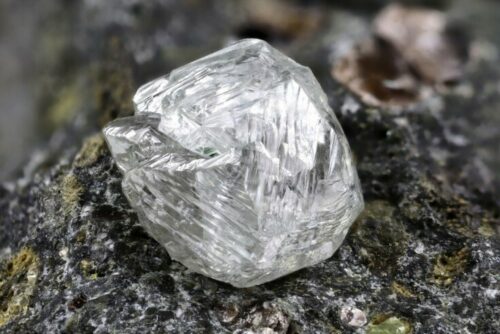Where can I buy raw diamonds?
The global diamond industry is an almost closed universe, from the mines, with their large operating companies that mine the precious stones, to the diamond bourses, where the raw diamonds and the finished, cut stones are traded, or the gemcutters, who transform the diamond into the jewel that can be used in jewellery or sold as an investment.
This is precisely where lies the problem when purchasing raw diamonds: within this system, which, away from the large mining corporations, is based on old traditions such as contracts based on handshakes, family or regional ties, and established logistics chains, end customers are not taken into consideration.
Private individuals have no access to a diamond bourse. You cannot simply go to a gemcutter with a raw diamond. To actually find someone who masters this art and is taking on private orders at a fair price is a challenge. The finished, cut diamonds also have to be certified, as a 4C certification increases the tradability and generates trust in the quality of the diamond.
The raw diamonds that are offered online in vast quantities, via various marketplaces and auction platforms, are almost exclusively poor-quality diamonds. They are suitable as collector’s items for mineral collectors, but have no actual value and are as such unsuitable as an investment.
Added to this is one crucial factor: the analysis of the quality of a raw diamond, how it can best be split and cut, requires years of experience or outrageously expensive technology. The value that actually lies in such a stone is infinitely more difficult to assess than with a cut diamond.



